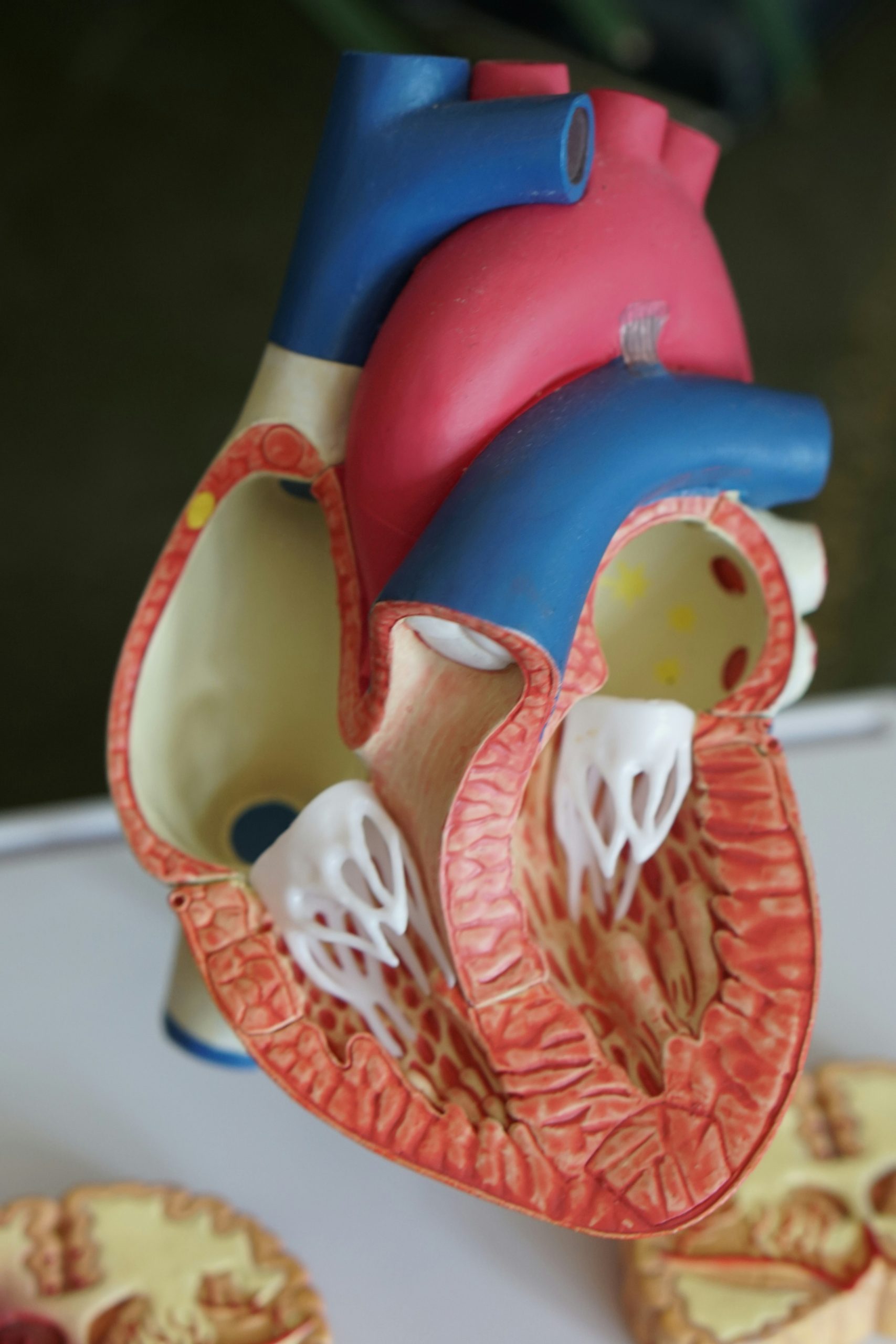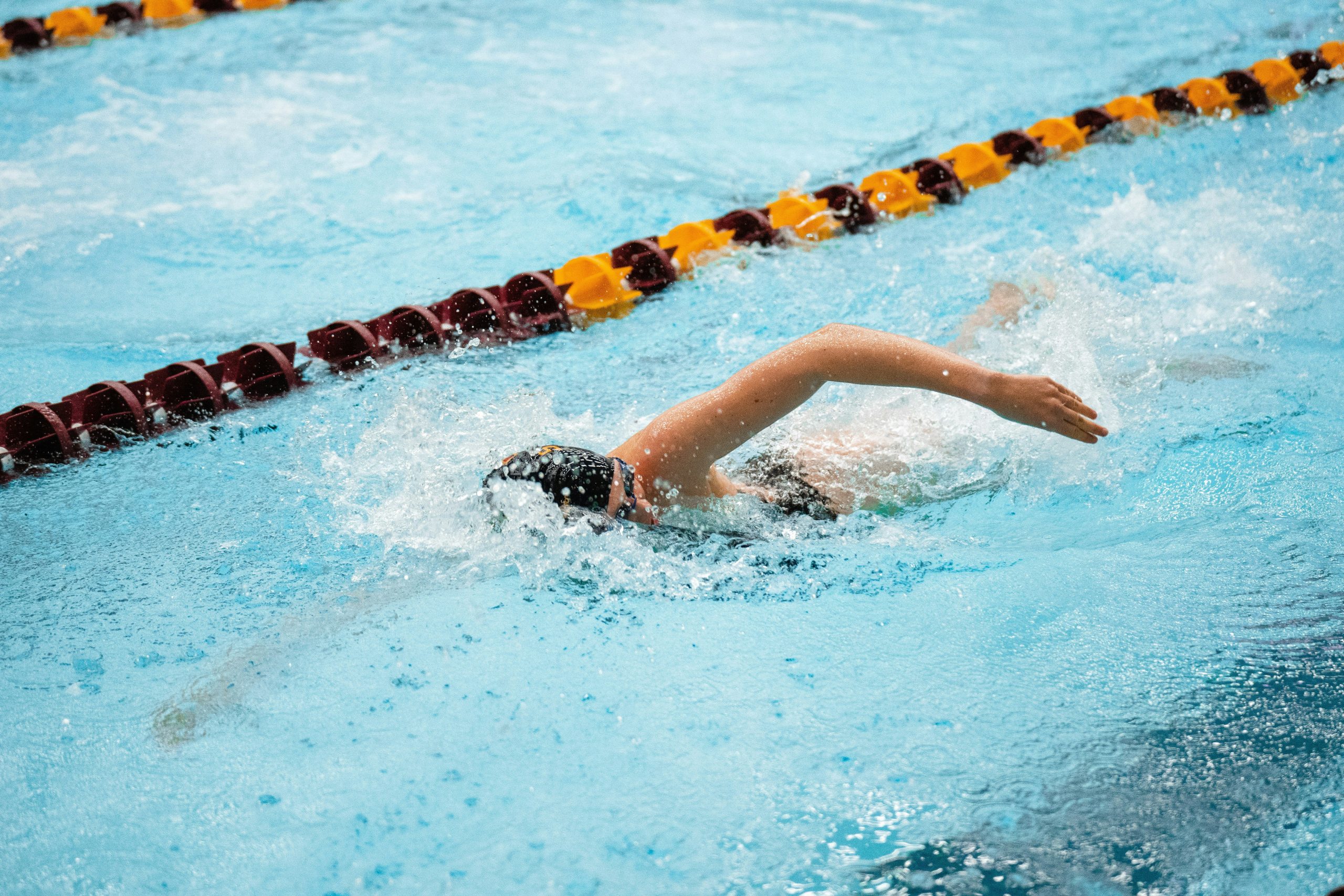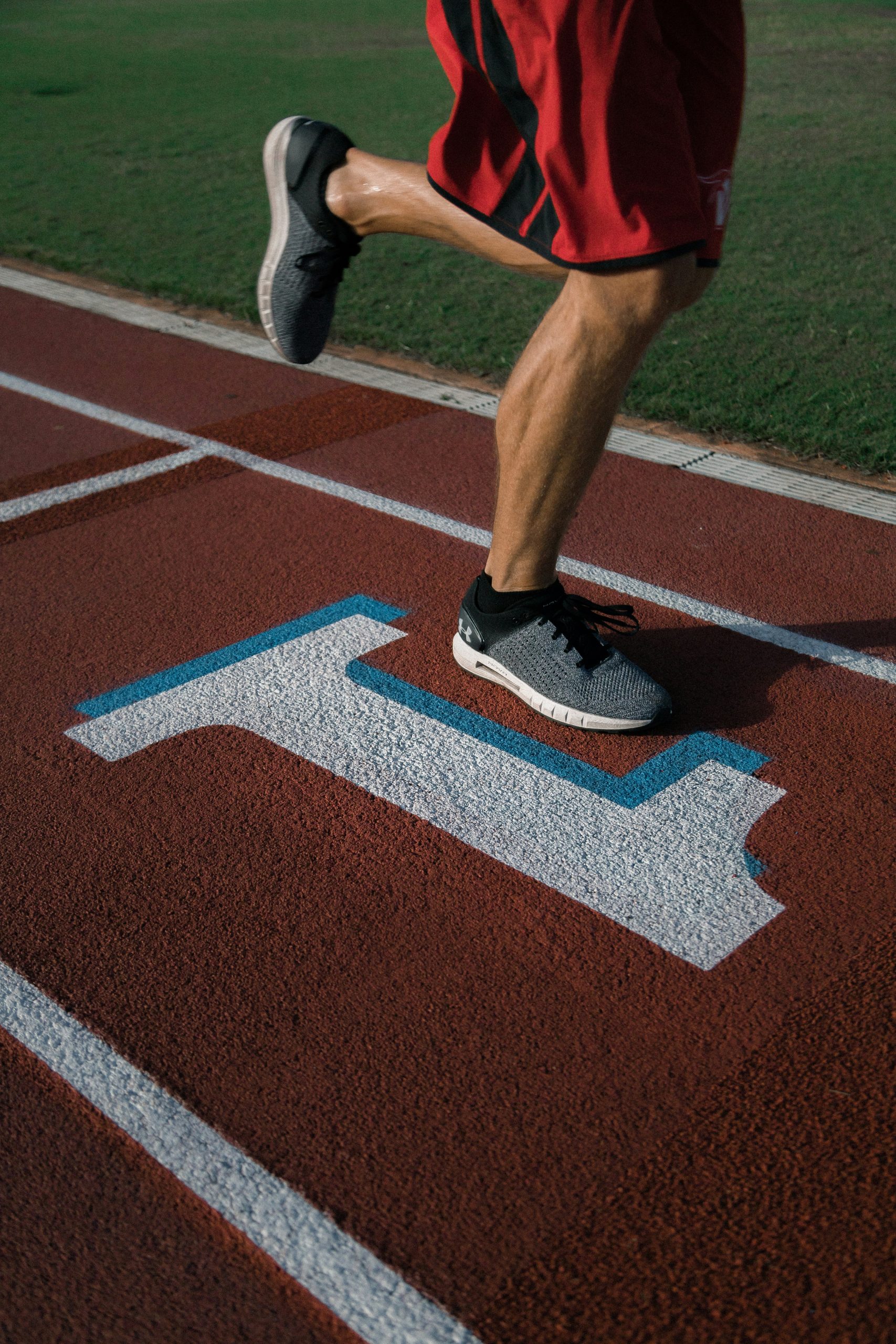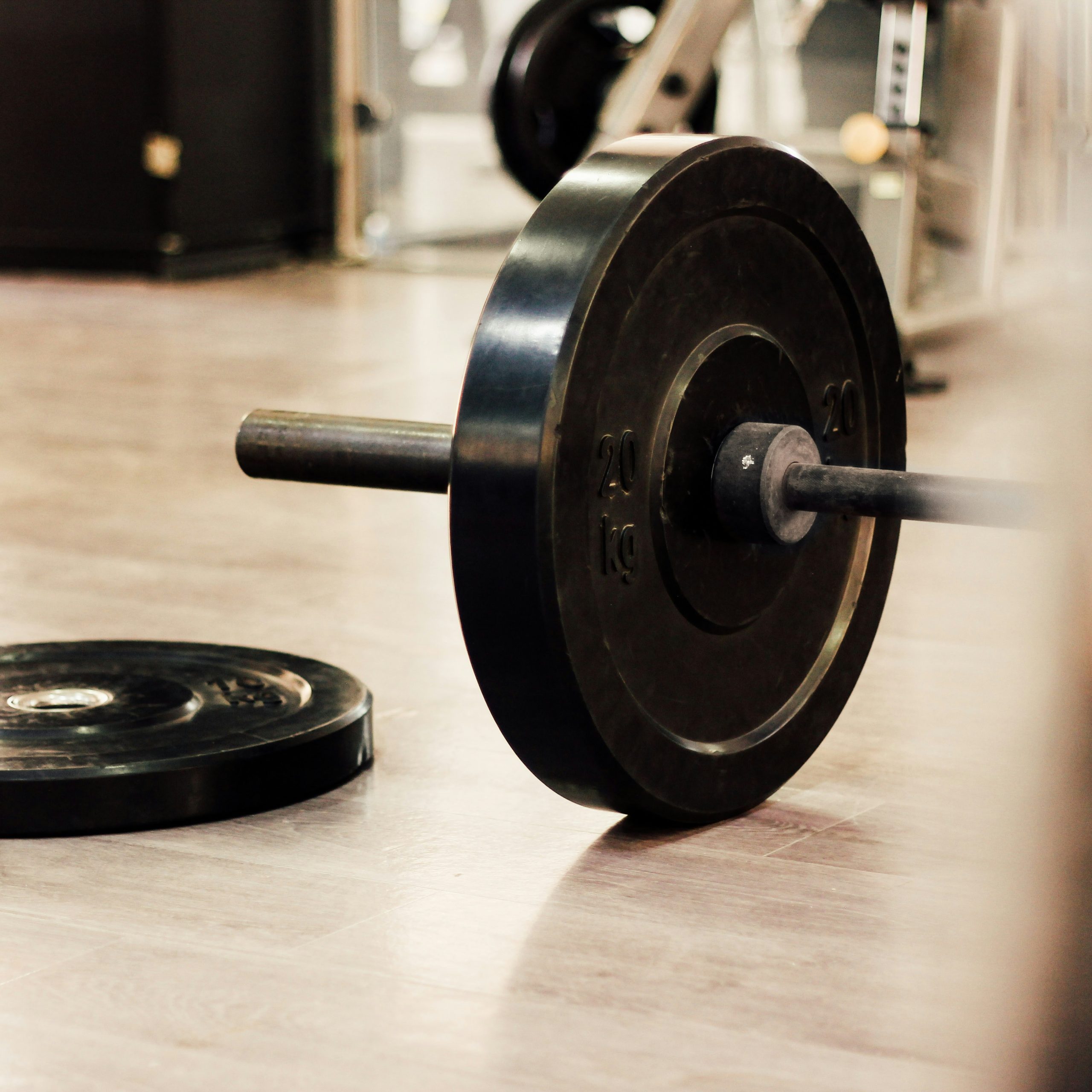
Innovations in Sports Injury Treatment
Introduction
Sports injury treatment has evolved significantly over the years, driven by advancements in medical technology, rehabilitation techniques, and understanding of biomechanics. These innovations aim not only to expedite recovery but also to enhance long-term outcomes for athletes across various sports disciplines.
Technological Advancements
1. Regenerative Medicine
Regenerative medicine has revolutionized the treatment of sports injuries by harnessing the body’s natural healing processes. Stem cell therapy, for instance, involves injecting stem cells into injured tissues to promote regeneration and repair. This approach has shown promise in treating conditions like tendonitis, ligament injuries, and cartilage damage.
2. Platelet-Rich Plasma (PRP) Therapy
PRP therapy involves injecting a concentration of the patient’s own platelets into the injured area. These platelets release growth factors that stimulate and enhance the body’s healing process. PRP has been used to treat tendon injuries, muscle strains, and osteoarthritis, among other conditions.
Biomechanical Innovations
1. Motion Analysis and Biomechanical Assessment
Advances in motion analysis technology allow for detailed assessment of an athlete’s movement patterns and biomechanics. This helps identify potential causes of injury and enables personalized interventions to correct imbalances and prevent future injuries.
2. Customized Orthotics and Equipment
Customized orthotics, such as shoe insoles and braces, are designed based on biomechanical assessments to provide optimal support and alignment. Similarly, advancements in sports equipment, such as lighter and more durable materials, contribute to injury prevention and performance enhancement.
Rehabilitation and Training Techniques
1. Neuromuscular Training
Neuromuscular training programs focus on enhancing strength, flexibility, balance, and proprioception to reduce the risk of injuries. These programs are tailored to the specific demands of different sports and help athletes develop better movement patterns and joint stability.
2. Virtual Reality (VR) Rehabilitation
VR rehabilitation uses immersive technology to simulate real-world environments and sports scenarios. It helps athletes regain strength, coordination, and confidence post-injury while providing immediate feedback and tracking progress in a controlled setting.
Case Studies and Success Stories
For example, Olympic athletes have increasingly benefited from these advancements. A notable case is that of a skier who utilized PRP therapy to recover from a severe knee injury, returning to competitive skiing sooner than expected due to accelerated healing.
Conclusion
Innovations in sports injury treatment continue to push boundaries, offering athletes new hope for recovery and performance enhancement. From regenerative medicine to biomechanical analysis and advanced rehabilitation techniques, these advancements are reshaping the landscape of sports medicine. As technology evolves further, the future holds even greater promise for athletes aiming to overcome injuries and excel in their respective sports.



